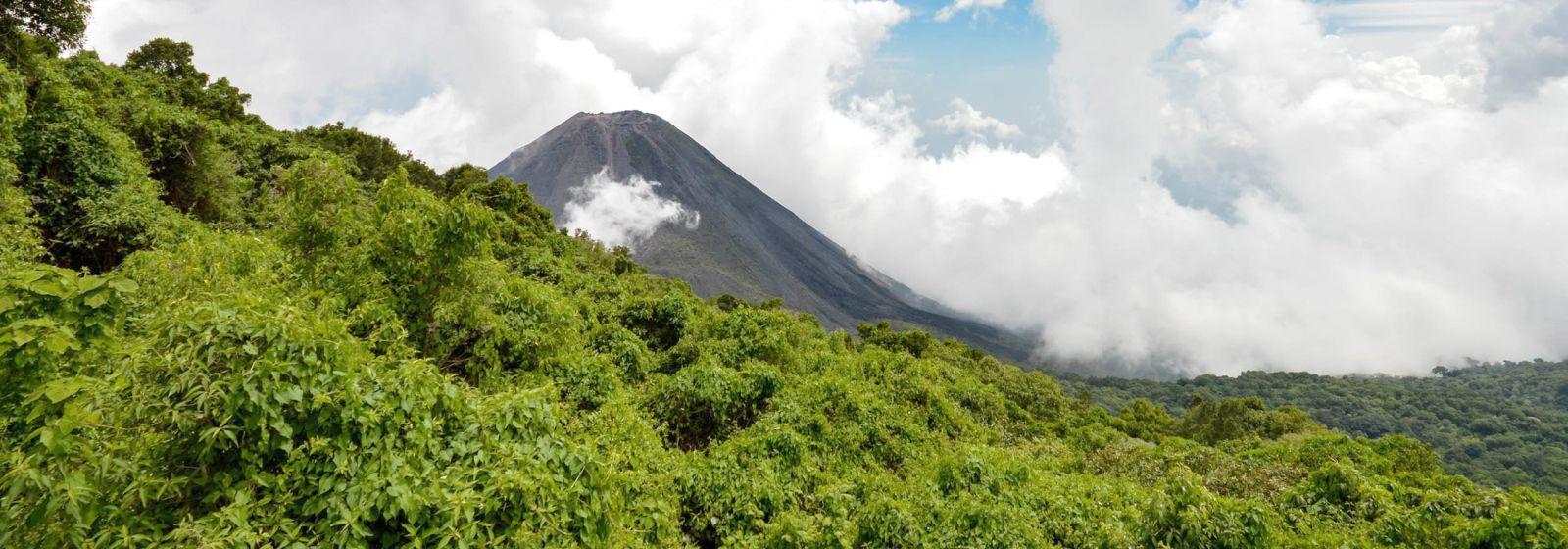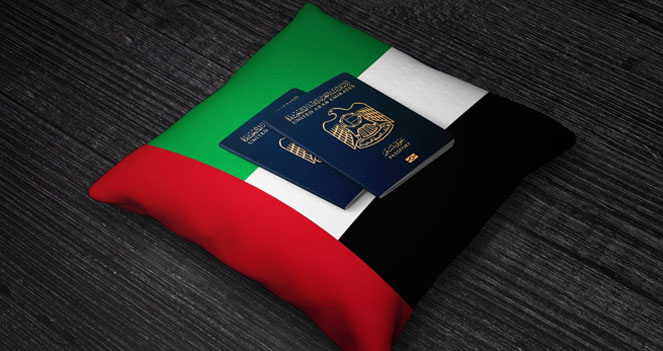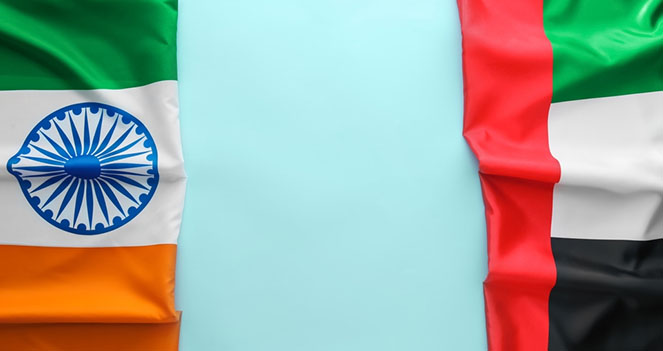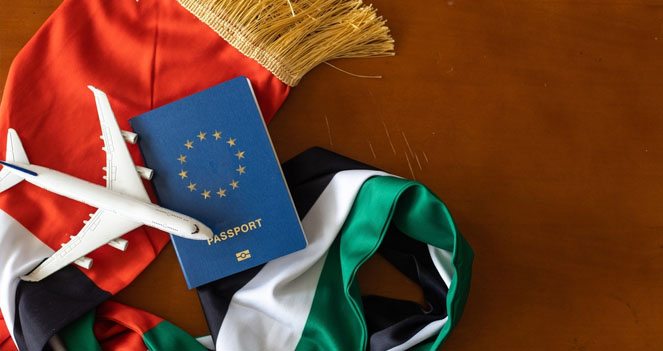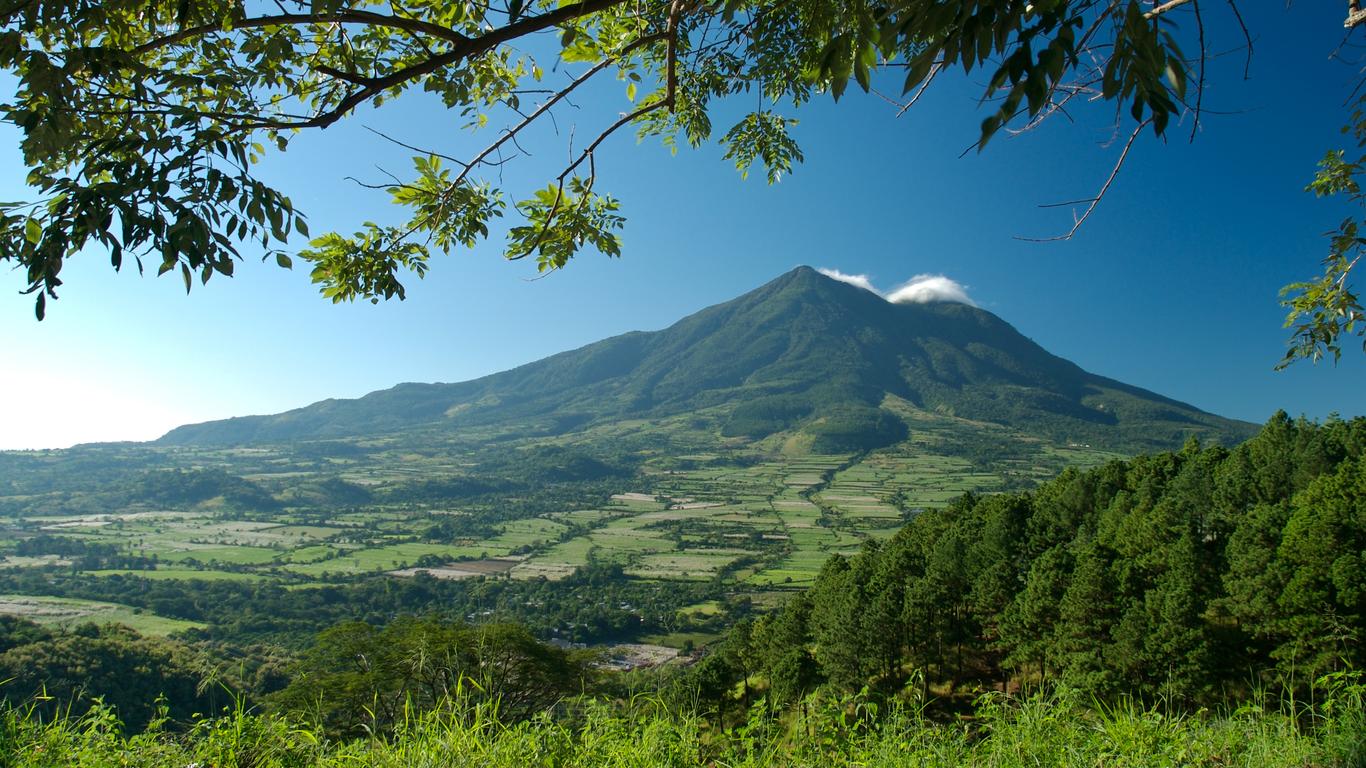El Salvador Visa Eligibility Required
An applicant from a visa-requiring country qualifies for a Special Entry Permit (PEI) if they hold a passport with a minimum of six months validity from the date of intended arrival and meet the travel requirements. The application process entails filling out an online form with personal information, trip information, and supporting documentation, such as proof of money, travel insurance, and lodging.
In addition, applicants should check their eligibility in the eVisa official portal or contact any El Salvadorian embassy or consulate regarding the documents required based on their nationality. Providing accurate information is essential in fulfilling application requirements so that processing delays do not arise.
Widen Your World - Visa-Free El Salvador Travel for Citizens
Cited from a few documents, some countries grant their nationals the privilege of traveling to El Salvador without a prior visa application for a maximum duration of 90 days within a 180-day window. That will be part of their stay in the country. These travelers who are visa-exempt admission do not fulfill the prerequisite need of applying for a Special Entry Permit (PEI) beforehand.
However, travelers still have requirements, such as their passports needing to be valid six months after the date of landing and carrying additional supplemental funds along with medical insurance for the duration of their stay. Furthermore, travelers aiming for the Galapagos Islands must secure a Transit Control Card to access Ecuador, which is conveniently sold at the airport.
El Salvador is a member of the Central America-4 (CA-4) agreement, which permits the unrestricted movement of citizens between Guatemala, Honduras, Nicaragua, and El Salvador for a period not exceeding 90 days.
Why is the El Salvadors Visa Application Online Important for VisitsVisa?
The Special Entry Permit (PEI) online application form is more user-friendly than the previous methods which required in-person visits. Users only need an internet connection to submit the entire application. VisitsVisa has one of the best online, user-friendly services and walks you step by step through the application process.
This greatly improves the chances of accuracy and completeness, which is critical in submitting applications. Visitsvisa.com makes sure that all the documents needed are attached which increases the chances of no delays or final refusals.
The expert assistance and timely updates Visits Visa provides make the application process smooth and stressless. From understanding the complexities of a visa application to tracking its status, Visitsvisa.com delivers all the needed help.
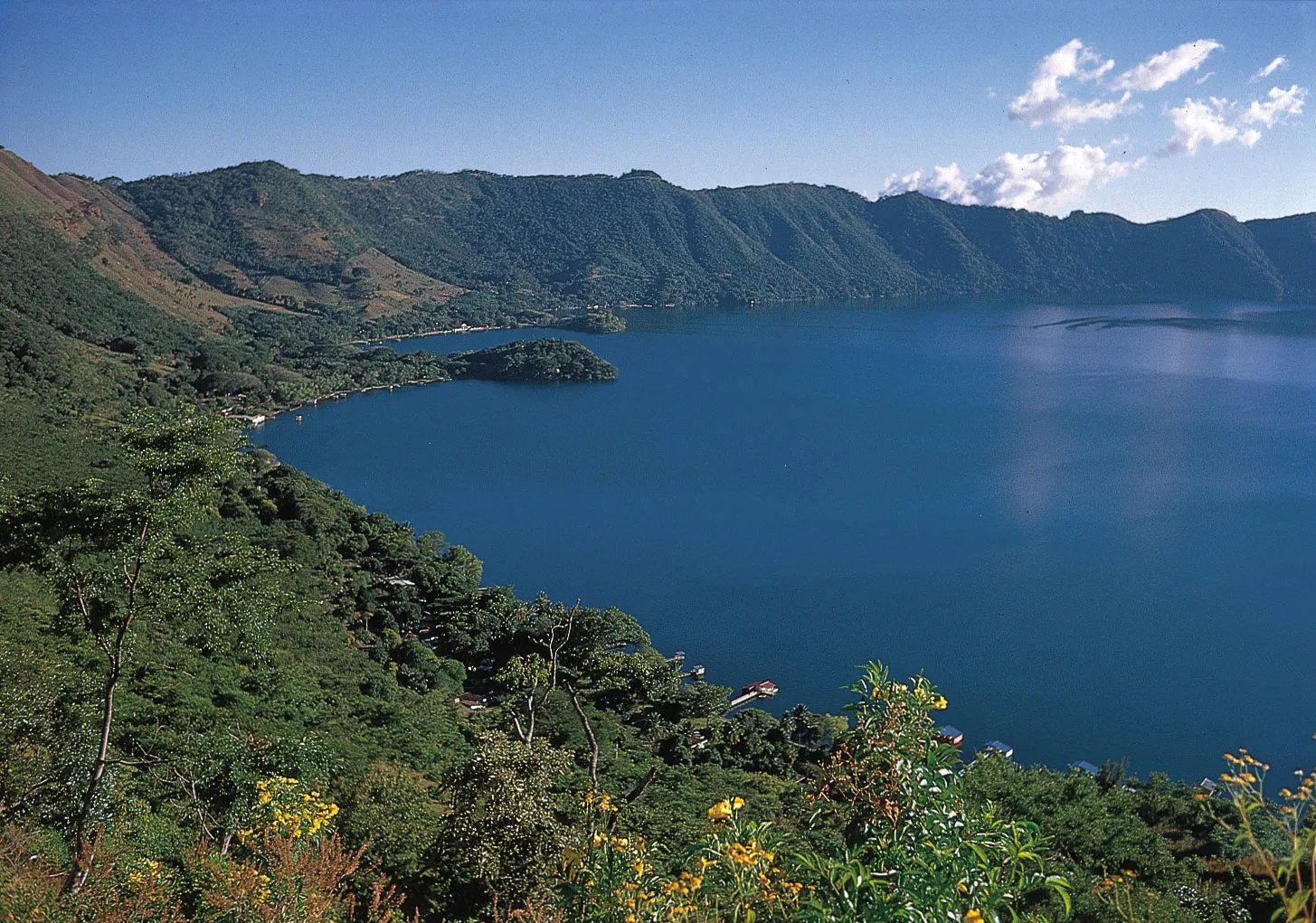


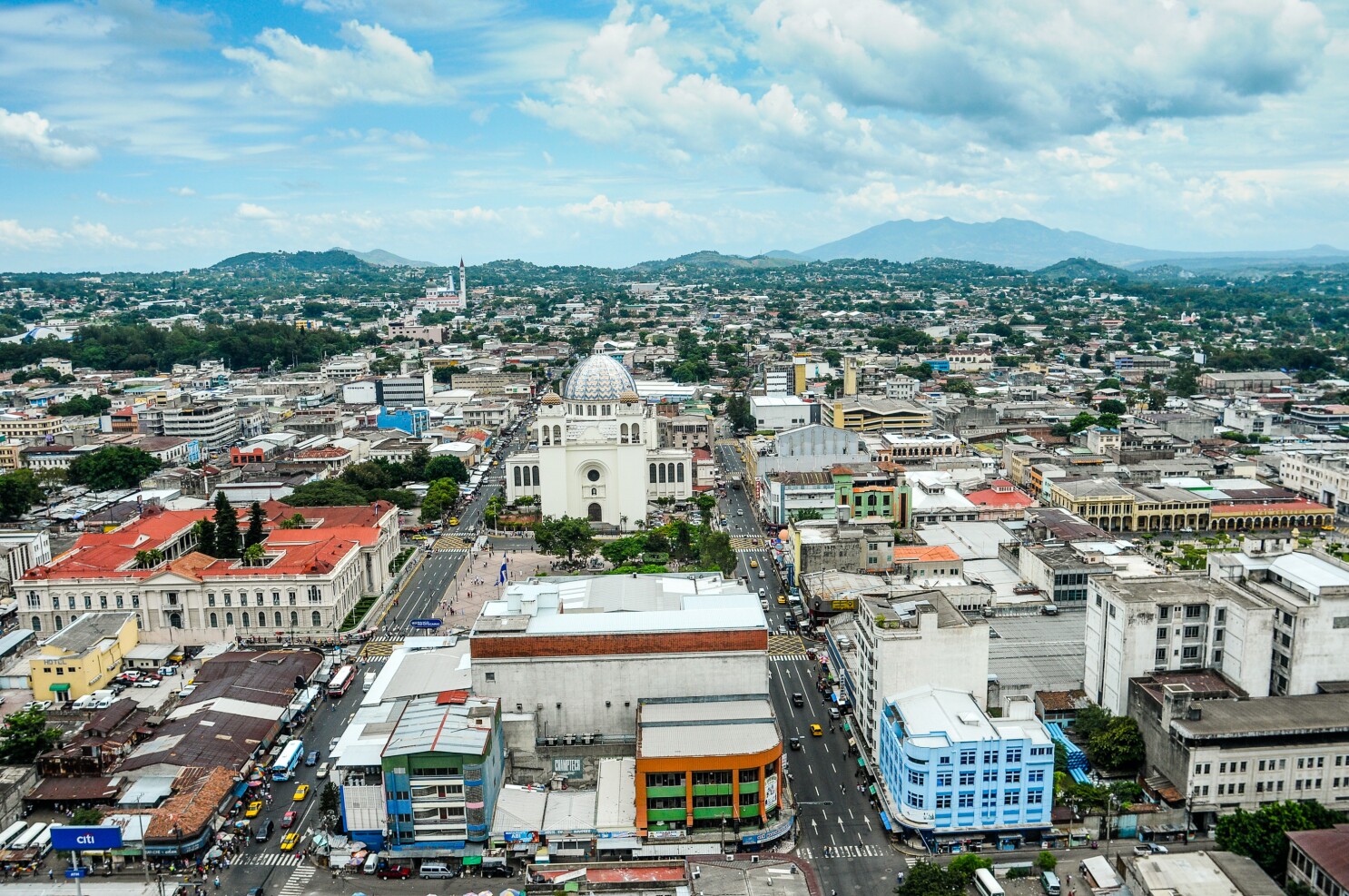

 Qatar
Qatar 